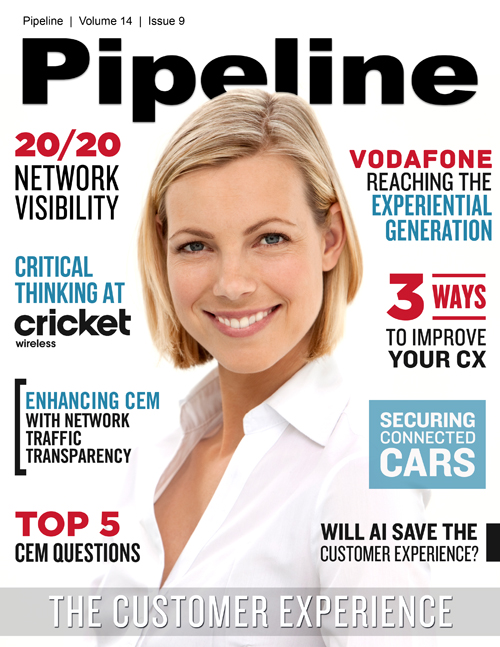Top 5 CEM Questions
The top five questions span the whole CEM lifecycle, from the original discovery and recognizing the value of CEM, all the way though building a sustainable CEM methodology in the organization that stays valuable into the future.
Recognize the value of
Customer Experience Management
A well thought-out and executed CEM strategy will help achieve a higher iifetime value for each customer, a lower cost of customer acquisition as well as higher employee retention due to clear education, training and career paths. It all starts with answering this question.
Question 1: How are the OSS BSS Customer Experience Management’s objectives aligned to the organization’s overall business strategy?
It should come at no surprise that the number one question to ask is: how are CEM objectives aligned with the overall business strategy? Without this alignment any resources spent on CEM could be a waste of money, time and focus.
We start with the business objectives to identify if a defined CEM process has value to the business or not. If CEM is not the proper priority at this stage of the business maturity and growth journey, you’re better off finding out sooner rather than later.
In fast-growing industries like communication and networking, it is also important to understand which objectives are supported by CEM as this helps to focus CEM activities and specify boundaries for deliverables and projects.
Define what CEM means for you and your organization
Question 2: What sources do we use to gather information for a Customer Experience Management study?
Before you spend resources on customer feedback and a Customer Experience Management study, you should consider where you are going to find this information and how you are going to gather this data.
Please note that there is a difference between data and information. The above question asks specifically about information gathering. From experience, I will add that you’re most likely collecting raw data, which then has to be collated, curated and turned into information you can use for your next step in the process.
Gathering raw data can be automated through AI, event logs, system logs and network tools. Turning all this data into logical information most likely requires human intervention.
Measure and analyze results from your customer feedback
Once you know the sources you are going to use to collect the data and information, the next important question to answer is:
Question 3: Accurate, user-centric customer experience metrics are the basis of successful CEM implementation, but what exactly should be measured?
Just because we can measure doesn’t mean we should measure something. Many organizations make the mistake of going too granular and detailed in what they want to measure. The end result is an overly complicated process faltering under the heavy burden of reports and administration. As a result, you won't embrace the process and realize the full benefits of CEM.
Companies in the technology, IT and communication space are most prone to encounter this pitfall.
Time and time again, I've seen employees in IT organizations become frustrated with the sheer amount of paperwork and reports that need to be prepared on a weekly and monthly basis. Many of these reports don’t add any value to the overall customer experience and actually detract from it. Frustration rises among employees.



















